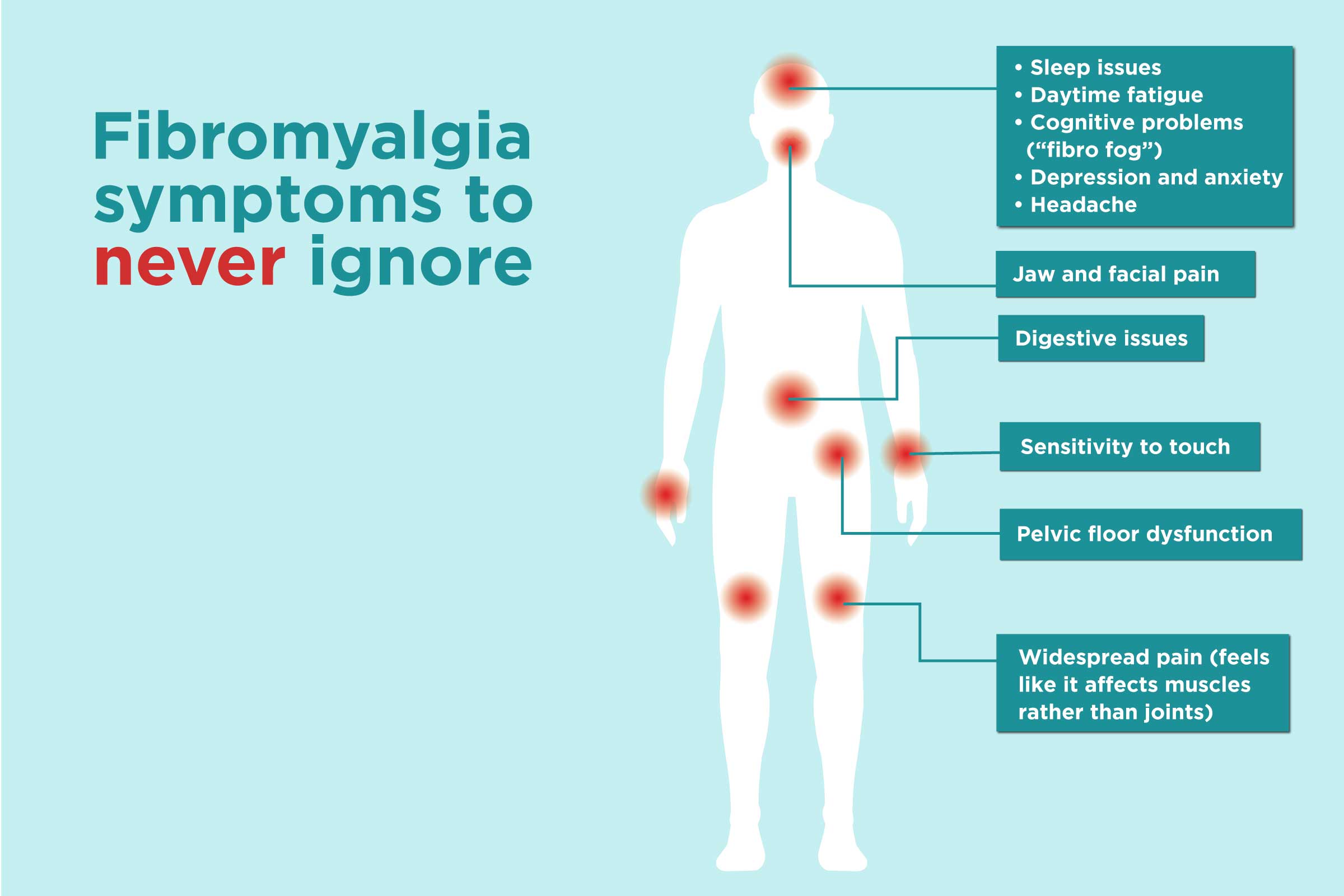The Overlapping Realms of Fibromyalgia and Chronic Fatigue Syndrome: Unraveling the Intricacies
Fibromyalgia and Chronic Fatigue Syndrome (CFS) are two distinct but often interconnected conditions that share overlapping symptoms, perplexing both patients and healthcare professionals alike. Understanding the relationship between these disorders is crucial for accurate diagnosis and effective management. In this article, we delve into the intricacies of the overlap between fibromyalgia and chronic fatigue syndrome, exploring their commonalities, diagnostic challenges, and the evolving landscape of treatment.
Common Ground: Symptomatology
One of the primary reasons for the confusion surrounding fibromyalgia and chronic fatigue syndrome lies in their shared symptomatology. Both conditions are characterized by pervasive, unexplained fatigue and sleep disturbances. Individuals with fibromyalgia often experience widespread musculoskeletal pain, while those with chronic fatigue syndrome may exhibit systemic symptoms such as headaches, sore throat, and cognitive difficulties commonly known as “brain fog.”
Overlap in Diagnosis:
Diagnosing fibromyalgia and chronic fatigue syndrome is a complex process. Both conditions lack definitive laboratory tests or imaging studies for confirmation, making diagnosis a challenging task. Clinicians often rely on the recognition of characteristic symptoms and the exclusion of other medical conditions.
The criteria for diagnosing fibromyalgia, as defined by the American College of Rheumatology, involve the presence of widespread pain for at least three months and tenderness in at least 11 out of 18 specific tender points. Chronic fatigue syndrome, on the other hand, is diagnosed based on the presence of unexplained, persistent fatigue lasting for at least six months, coupled with specific accompanying symptoms.
Given the symptom overlap and the absence of clear-cut diagnostic markers, individuals may find themselves receiving a diagnosis of both fibromyalgia and chronic fatigue syndrome, further complicating their healthcare journey.
Understanding the Shared Pathophysiology:
While the exact causes of fibromyalgia and chronic fatigue syndrome remain elusive, researchers have identified some commonalities in their pathophysiology. Dysregulation of the central nervous system, particularly the way the brain processes pain signals, is a key factor in both conditions.
In fibromyalgia, there is an increased sensitivity to pain, a phenomenon known as central sensitization. This heightened response to stimuli contributes to widespread pain and tenderness. Chronic fatigue syndrome, on the other hand, involves abnormalities in the immune system, the hypothalamic-pituitary-adrenal (HPA) axis, and autonomic nervous system dysfunction.
The intricate interplay between these systems highlights the complexity of fibromyalgia and chronic fatigue syndrome, providing insights into why they often coexist.
Treatment Challenges and Strategies:
Managing fibromyalgia and chronic fatigue syndrome necessitates a multifaceted approach, considering the shared and distinct aspects of each condition. While no cure exists for either disorder, various strategies aim to alleviate symptoms and enhance overall well-being.
- Pharmacological Interventions:
- Medications targeting pain, such as analgesics and anti-inflammatory drugs like pregabalin M 75mg , may be prescribed for fibromyalgia.
- Chronic fatigue syndrome management may involve medications addressing specific symptoms, like sleep disturbances or cognitive difficulties.
- Lifestyle Modifications:
- Regular exercise, tailored to individual abilities, can improve symptoms in both conditions.
- Sleep hygiene practices and stress reduction techniques are essential components of managing fibromyalgia and chronic fatigue syndrome.
- Cognitive-Behavioral Therapy (CBT):
- CBT has shown efficacy in helping individuals cope with the psychological aspects of both fibromyalgia and chronic fatigue syndrome, addressing factors like anxiety and depression.
- Patient Education and Support:
- Empowering individuals with knowledge about their conditions fosters a sense of control and aids in self-management.
- Support groups provide a platform for individuals to share experiences and coping strategies.
Conclusion:
The overlap between fibromyalgia and chronic fatigue syndrome underscores the complexity of these conditions and the challenges in their diagnosis and management. As research continues to unravel the intricacies of these disorders, healthcare professionals must adopt a holistic approach that considers both shared and distinct features.
Empathy and understanding from the medical community, coupled with ongoing research efforts, can pave the way for more effective treatments and improved quality of life for individuals grappling with the complex interplay of fibromyalgia and chronic fatigue syndrome.






